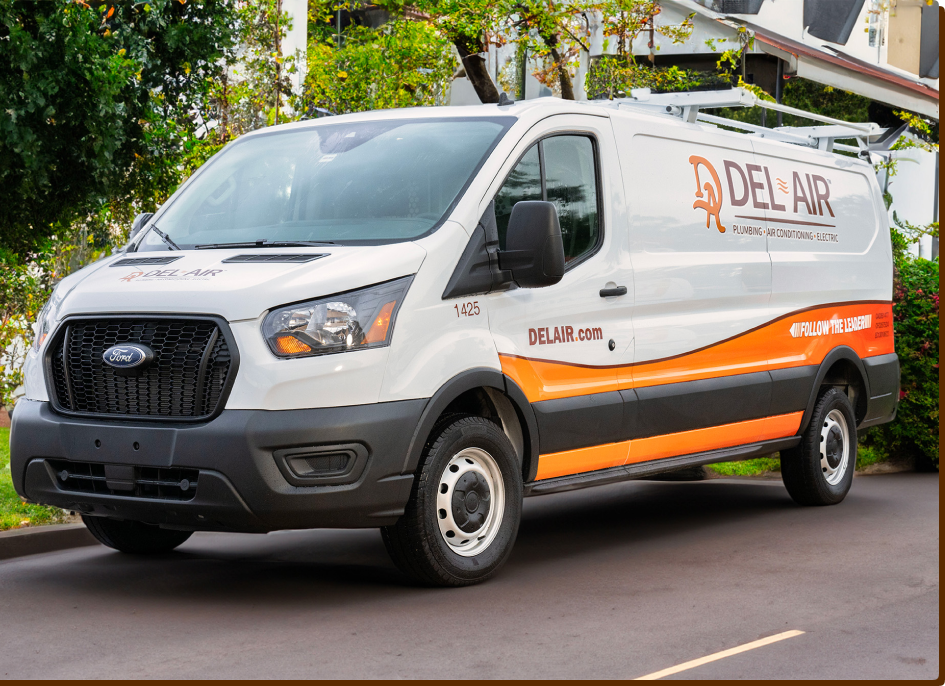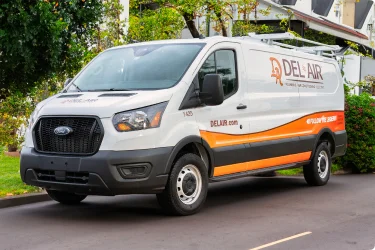How Programmable Thermostats Work in Each Mode

Whether you’ve had an AC repair company install a programmable thermostat or you are considering having one installed, there are a few things that you need to know about how programmable thermostats work with your heat pump.
In Cooling Mode
When in cooling mode, your heat pump’s operation is simple; it turns on and off based on your temperature setting. A programmable thermostat simply replaces a manual thermostat, which requires you to adjust the temperature by hand. Since turning the heat pump off and on is the equivalent of flipping a switch, any programmable thermostat will help you save energy in cooling mode.
In Heating Mode
Heating mode is slightly more complicated because there are two parts to a heat pump’s heating system. One source of heat is simply the reverse of the cooling mode. This works basically the same way, automatically turning on and off to control temperature, and uses about the same amount of energy to heat as it does to cool. The second source of heat is a series of coils inside the air handler. These use significantly more electricity to run, but are only turned on when the air temperature is substantially colder than the set temperature.
A basic programmable thermostat will usually use more energy to lower the temperature 5 to 10 degrees while you are at work or sleeping. The electricity that the secondary heating coils use to make up that temperature difference will be greater than the electricity necessary to simply maintain a constant temperature. If you’re looking to save money during heating season as well, ask your AC repair company, Del-Air, about programmable thermostats designed specifically for heat pumps that efficiently regulate the temperature in heating mode.






